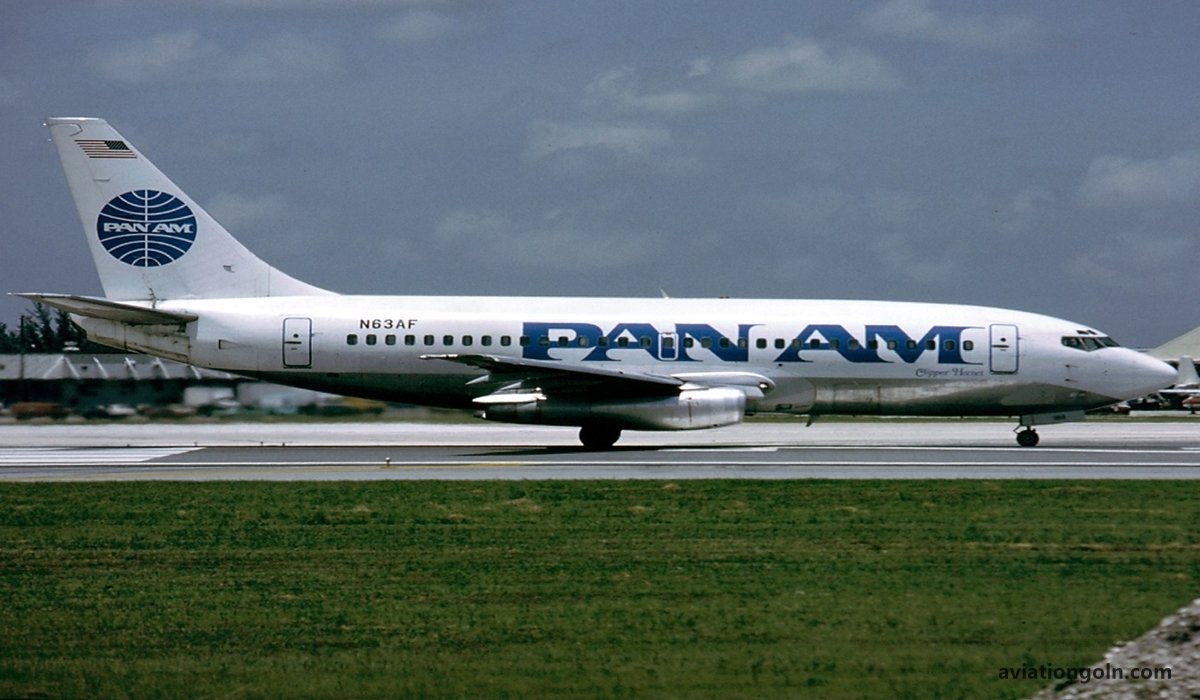Understanding AIP: In the vast realm of aviation, safety and accuracy are paramount. Every flight, whether it’s a small private plane or a large commercial jet, relies on up-to-date, accurate information about a variety of factors that affect the safety and efficiency of flight operations. This is where the Aeronautical Information Publication (AIP) comes into play.
Understanding AIP: Aeronautical Information Publication (AIP)
1. Introduction to Aeronautical Information Publication (AIP)
An Aeronautical Information Publication, or AIP, is a primary reference document for the aviation industry, covering essential operational information about a country’s airspace, airports, and flight procedures. Produced by individual nations, the AIP is a crucial tool for flight planning and in-flight reference.

2. Historical Background of the AIP
The origins of the AIP can be traced back to the early days of international aviation. As aircraft began to fly longer distances and cross national boundaries, there arose a need for standardized information about air routes, facilities, and procedures. This was even more vital given the lack of sophisticated navigational tools that we take for granted today.

3. Purpose and Importance of AIP
- Safety: The primary purpose of the AIP is to enhance aviation safety. By providing a consistent, reliable source of information about flying conditions, airport facilities, and other critical data, the AIP helps pilots prepare for their flights and make informed decisions in the air.
- Efficiency: By streamlining the flow of flight-related information, the AIP also promotes more efficient use of airspace and air traffic management resources. This is vital in today’s congested skies, where efficient traffic flow is essential to minimize delays and optimize fuel use.
- International Standardization: The AIP is also a tool for implementing standardized practices and procedures, as recommended by the International Civil Aviation Organization (ICAO). This ensures that pilots can expect consistent information and procedures when flying internationally.

4. Structure and Components of AIP
A typical AIP is divided into three main sections:
- General (GEN): Contains information applicable to the entire publication, such as the national regulations governing aviation, a list of abbreviations used, and details about the AIP’s layout and features.
- En-route (ENR): Provides data about air routes, airspaces, navigation aids, and other essential information for pilots flying between airports.
- Aerodromes (AD): Covers specific details about airports and heliports, including their physical characteristics, available services, and approach and departure procedures.

5. AIP Amendments and Supplements
Due to the dynamic nature of the aviation industry, with constant changes in technology, infrastructure, and regulations, the AIP is regularly updated. These updates come in the form of:

- Amendments: Periodic revisions that incorporate significant changes or additions to the AIP’s content. These are usually planned in advance and may be issued several times a year.
- Supplements: Temporary changes or additional information that may be needed between regular amendment cycles. These could be issued to address urgent issues or changes, like temporary restrictions due to special events or construction.

6. Aeronautical Information Services (AIS)
Behind the AIP is the Aeronautical Information Service (AIS), responsible for collecting, validating, and disseminating aeronautical data. The AIS ensures that all the information contained in the AIP is accurate, up-to-date, and in compliance with ICAO standards. The AIS also distributes NOTAMs (Notices to Airmen), which provide timely information about temporary changes or situations that might affect flight safety.

7. The Digital Evolution: Aeronautical Information Management (AIM)
With the advancement in technology and the increasing complexity of the aviation system, there’s a transition underway from traditional AIS to Aeronautical Information Management (AIM). This move is geared toward ensuring that aeronautical information is more digitally integrated, ensuring more effective data exchange and system-wide information management.

The Aeronautical Information Publication (AIP) remains a cornerstone of the aviation industry. As aviation continues to grow and evolve, so too will the tools and methodologies used to manage and disseminate crucial flight-related information. The AIP, with its deep roots and enduring purpose, will undoubtedly adapt and continue to serve as a vital reference for pilots, air traffic controllers, and all those who work to ensure the safe and efficient movement of aircraft around the world.
See more:
- GOLN Aeronautical Information Service Book : Table of Contents
- GOLN Aircraft and Engines Book : Table of Contents
- GOLN Airframe and Systems Book : Table of Contents
- GOLN Airline & Airport Marketing Management Book: Table of Contents
- GOLN Airline Operations Book: Table of Contents
- GOLN Airport Strategic Planning Book : Table of Contents
- GOLN Avionics System Book: Table of Contents
- GOLN Flight Management System Book : Table of Contents
- GOLN Flight Mechanics Book: Table of Contents
- GOLN Principles of Flight Book: Table of Contents
- GOLN Aviation Career Book : Table of Contents
